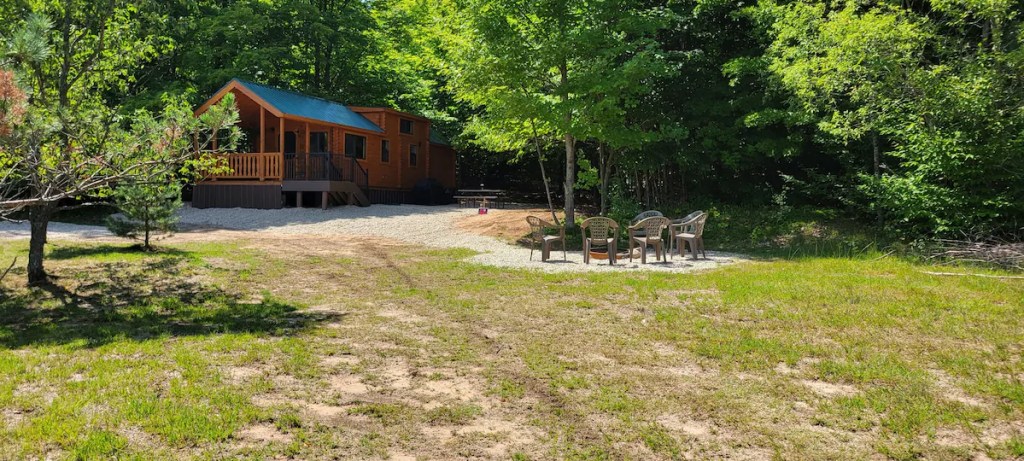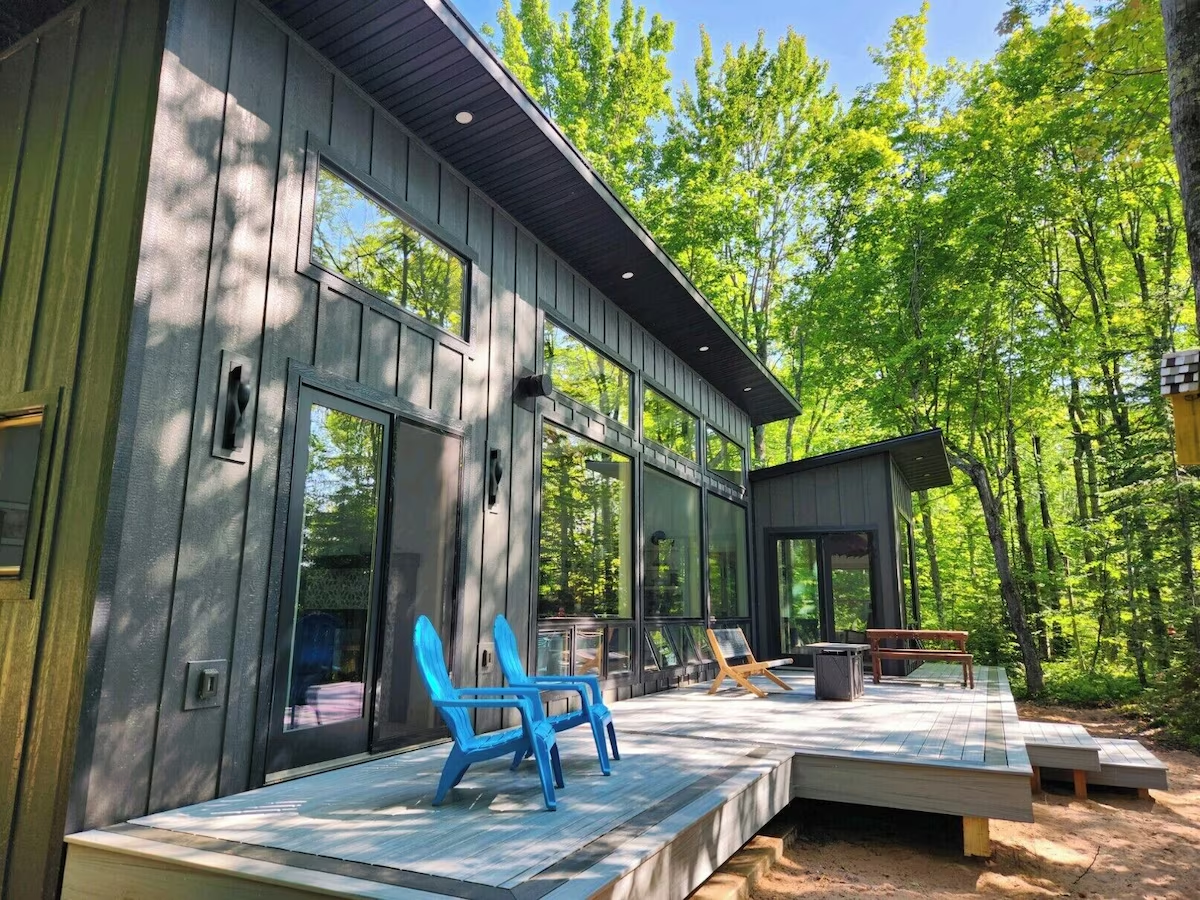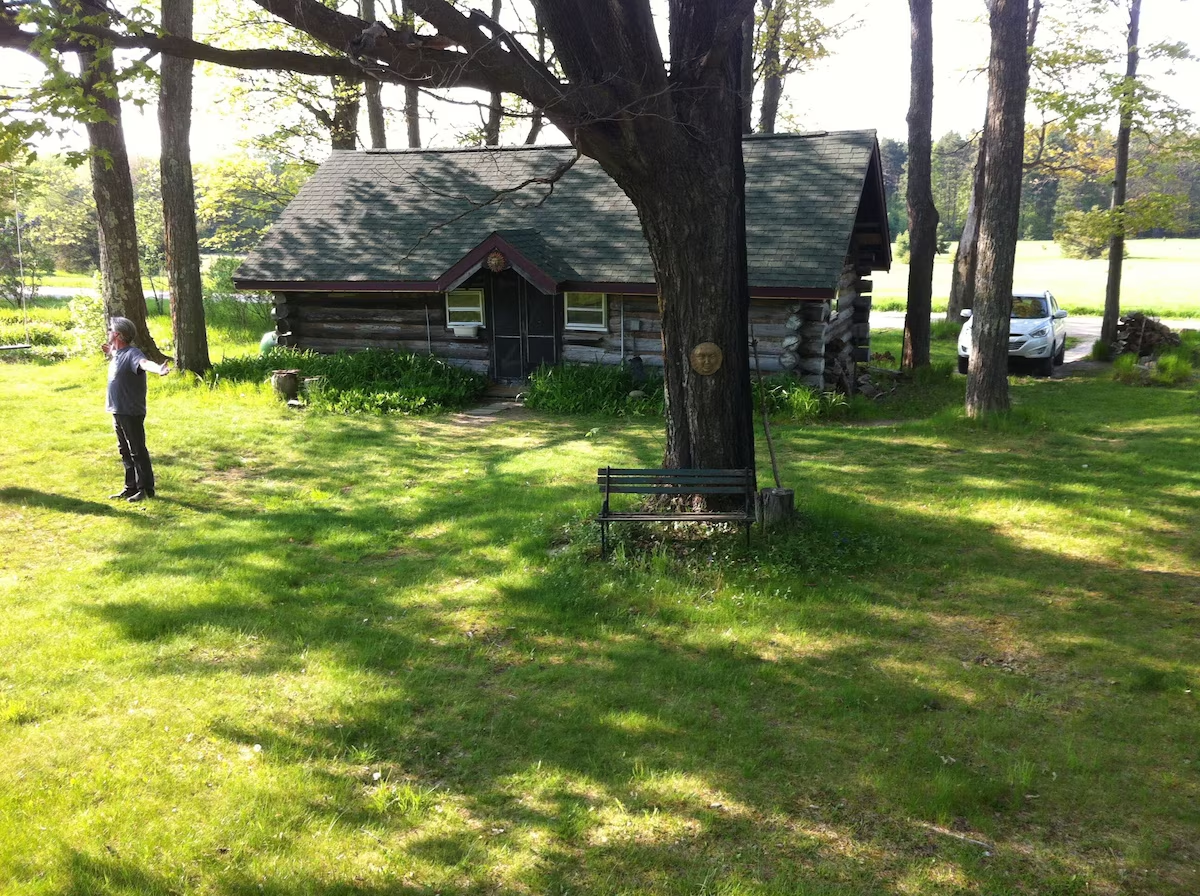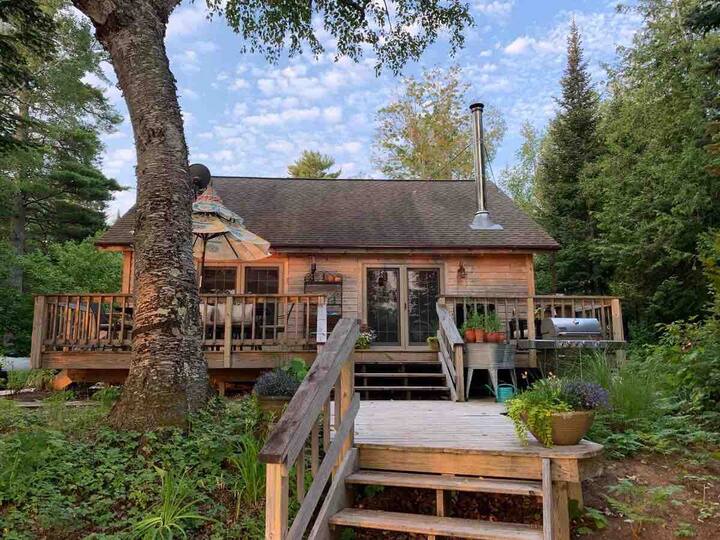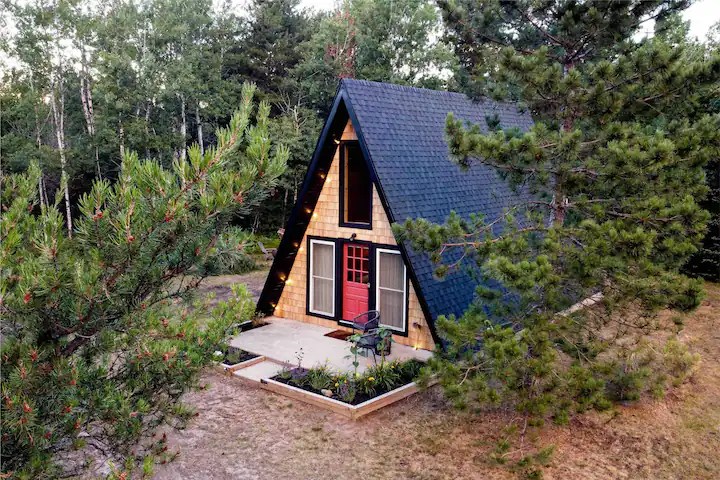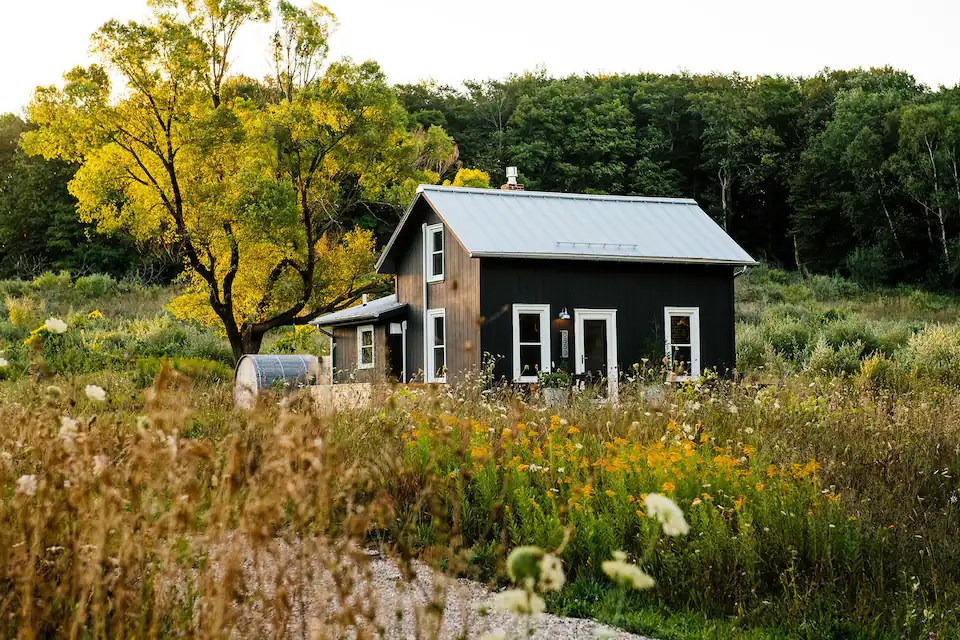You might know Skagway, Alaska thanks to its ranking as one of the friendliest small towns in the United States.
Or maybe you’ve heard of this Alaskan outpost thanks to its famous train line.
Back during the Klondike Gold Rush (1879-99), Skagway was connected to Carcross, an outpost located in Canada’s Yukon Territory via a high-speed train route.
What began with a modern railway designed to connect North America’s remote goldmines has since become a standout rail line—one that’s renowned as an International Historic Civil Engineering Landmark over a century later.
If you dream of scenic, remote journeys out in the wilderness, it simply doesn’t get any better. From towering mountains to bright-blue glaciers to historical landmarks, tourists have it all when they step onto the train.
Here’s why you need to keep the Skagway Railway (officially known as White Pass and Yukon Route) on your radar.
Unbeatable scenery
The Skagway Railway was originally designed to ferry gold minders between Carcross and Skagway. Since then, the route has expanded.
The modern route runs from Skagway Junction in Alaska north to Canada’s Whitehorse—almost doubling the original trip that stopped at Carcross.
Along the way, guests are treated to some bird’s eye view of steep gorges and tree-covered mountains. There are steep ravines throughout, crystal-clear lakes nestled in narrow valleys, lovely waterfalls lacing through the rocks, and snow-capped mountains galore.
It’s a clear win for those who want to experience the glory of nature without getting their boots dirty. But aside from the train’s beautiful setting, I think its main appeal is its vintage railcars and emphasis on the old guard of railways.
Vintage railcars and more
The Skagway Railway is a huge destination for rail fans. That’s partly because it still uses vintage-style railcars, including dining cars. Even the cars that aren’t vintage showcase the historical appeal of the railway with vintage features like wooden paneling and wooden furniture.
That should clue you in: the interior of most railcars is basic, meant to reflect means of travel from the late 1800s and early 1900s. That being said, the seating looks comfortable and is designed to provide great views of the passing wilderness.
Interior design aside, some trains, including Steam Engine #73, showcase the locomotives of yore. Though they run on modern engines, they showcase the engineering feats that would have been used a century ago.
And despite the emphasis on history, the train operates with all the standard amenities that modern travelers want. There are restrooms in each car, for example.
The tourist experience
You probably won’t find any locals on the train. That’s because the Skagway Railway is operated entirely as a tourist venture.
Following the Klondike Gold Rush, the railway slowly fell out of use and into disrepair. Back in the 1980s, major efforts were undertaken to save the railway.
By 1988, the locomotive and its cars had all been renovated and refurbished. Once more, the Skagway Railway was up and running—but this time around, it would be catering only to tourists. That’s a huge plus for me because it signals that the crew is acquainted with the types of questions and concerns that visitors have.
There are plenty of day trip excursions available, from hiking through scenic outposts to exploring heritage museums that dive deep into the Klondike Gold Rush. If you’re a history nerd like me, you’ll enjoy this well-rounded approach. You’re not just getting acquainted with a region, but also its history and legacy.
The tie to tourism goes deeper than that, though. Back in 2018, Klondike Holdings joined with Carnival Corporation (from the world-famous Carnival Cruises) to buy the railway. Cruise guests can walk straight from the docks to the railway station in Skagway, making it easy for cruise guests to take this heritage railway.
Interested in booking a trip on the Skagway Railway? You can book directly from the website or via TripAdvisor. If you have any more questions about the routes offered and experiences, I suggest looking through TripAdvisor’s reviews.
